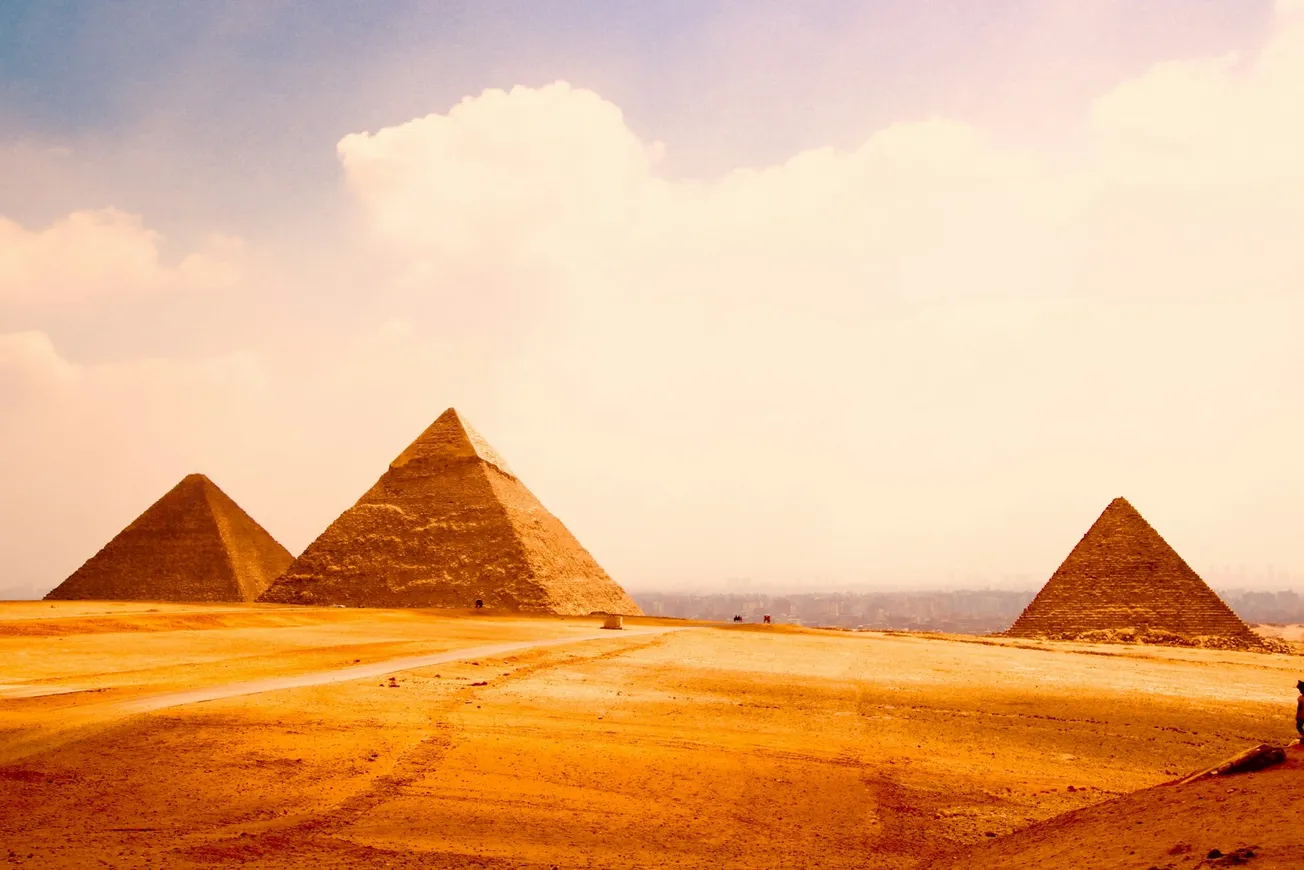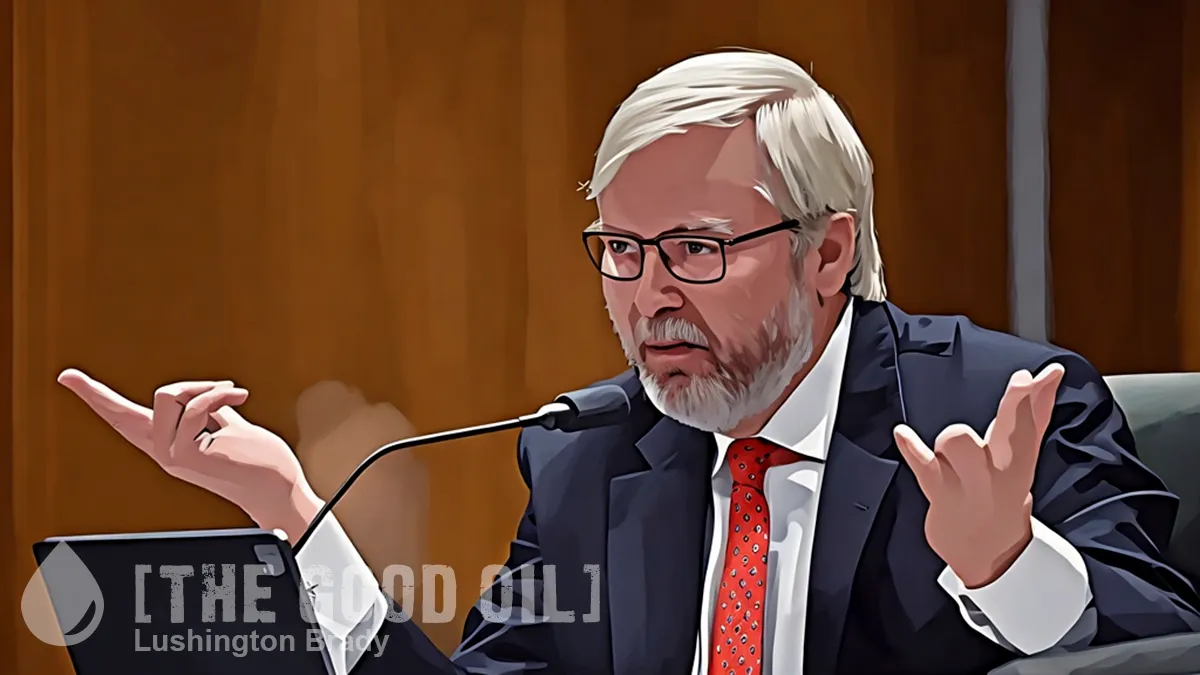Table of Contents
It’s strange how many supposed “mysteries” persist in the popular imagination, long after they’ve been pretty much solved. The Bermuda Triangle, Stonehenge, the Tunguska explosion, the “Missing Link”.
And, of course, how the Great Pyramids were built.
There’s not much mystery left about how the pyramids were built. Sometimes, the answers were staring us in the face: tomb paintings showing people pouring water in front of massive stone monuments as they were towed into place, for example. It’s now known that doing so greatly lessened the friction of sand, making even the heaviest stones much easier to tow by teams of workers (not slaves, despite the persistence, too, of that popular belief).
Now, another discovery has nailed the “pyramid mystery”.
A lost branch of the River Nile was used by ancient Egyptians to transport the enormous stones of the Great Pyramid at Giza, a study suggests.
Queue the “mystery” palaver.
It has long been a mystery how millions of tonnes of rock were transported to the site to build the pyramids, and the Great Sphinx, on the Giza plateau.
Not really. It’s long been known that barges transported the stones most of the way. It was thought that they were then transported overland, using the methods described above. It turns out, though, that the transportation was even easier than that.
Scientists have now discovered a 40-mile long branch of the River Nile which existed during the time of pharoahs but has subsequently been buried beneath farmland and desert.
The Great Pyramid was built around 2500 BC by Khufu, a fourth dynasty pharaoh, and the river disappeared some three centuries later, about 4200 years ago.
The former Nile branch was found using satellite imagery, geophysical surveys and rock samples. Analysis revealed it ran along the foothills of the Western Desert Plateau, close to the pyramid fields.
In fact, not just the Great Pyramid, but a string of pyramids (the Bent Pyramid, the Pyramid of Khafre, the Pyramid of Menkaure, the Pyramid of Sahure and the Pyramid of Pepi II) are adjacent to the now-vanished watercourse.
The authors add that many of the pyramids have causeways connected to the extinct branch and it is likely there was a string of harbours along the bank, where building materials were unloaded.
Stuff
Then, some 4200 years ago, it’s thought that a multi-decade drought dried up the river for good.
This brings us to another pyramid-building culture, and abrupt social change brought on by a cataclysmic event — for the better.
Archaeologists discovered clues to a fire in Guatemala from between 733 and 881 AD that they say represents a key turning point in Maya rule—a very public turning point.
In this case, a massive fire at Ucanal in modern-day Guatemala led to the collapse of the then ancient regime of the K’anwitznal kingdom. But rather than a natural event, it appears that the fire may have been a kind of “cultural revolution”. And, rather than any kind of “dark age”, it appeared to usher in an era of prosperity.
The event in question occurred at the capital of the K’anwitznal kingdom near a burial site. The bodies and their ornaments—items include a jewel-adorned stone mask, fragments of a greenstone diadem, and jade ornaments—were moved from a tomb to a public burning site, where fire engulfed some of the centuries-old items for all to see […]
The team discovered the fire event during 2022 excavations in the construction fill of a temple-pyramid situated in a public plaza, and the evidence shows that there was no effort to protect the burial deposit. The team believes that at least four adults were part of the burn remains, and that the fire reached a temperature of over 800°C. Included with the bodies were 1,470 fragments of greenstone pendants, beads, plaques, and mosaics, along with large blades—all representing a “single burning event.” The quantity and quality of the burnt and broken ornaments indicate they came from a royal tomb, likely belonging to multiple individuals.
The team said evidence indicates that the human bone and ornaments had once been part of the contents of a Late Classic royal tomb, and the deposit was part of a fire-entering rite that “marked the symbolic and literal destruction of an earlier K’anwitznal dynastic line.”
Like the Maoists burning the cultural relics of the “Four Olds”, it appears to have been a deliberate act of desecration. The symbolic and literal destruction of the old regime, and the triumph of the new.
The new leadership regime welcomed a non-royal leader called Papmalil, and there is little in the written record indicating how he came to power. “Papmalil’s rule was not only seminal because of his possible foreign origins—perhaps breaking the succession of ruling dynasts at the site—but also because his rule shifted political dynamics in the southern Maya lowlands.”
The study’s authors, led by Christina Halperin at the University of Montreal, state that Papmalil appears to have ushered in an era of prosperity. Substantial construction occurred in both the civic-ceremonial core and outer residential zones of the city following the power shift […]
“This event marked a moment of change in the kingdom and in the lowlands,” the authors write. “Rather than examine this fire-burning event as a bookend to Maya history, we view it as a pivot point around which the K’anwitznal polity reinvented itself and the city of Ucanal went on to a flourishing of activities.”
Popular Mechanics
If only the Chinese had been so lucky.









